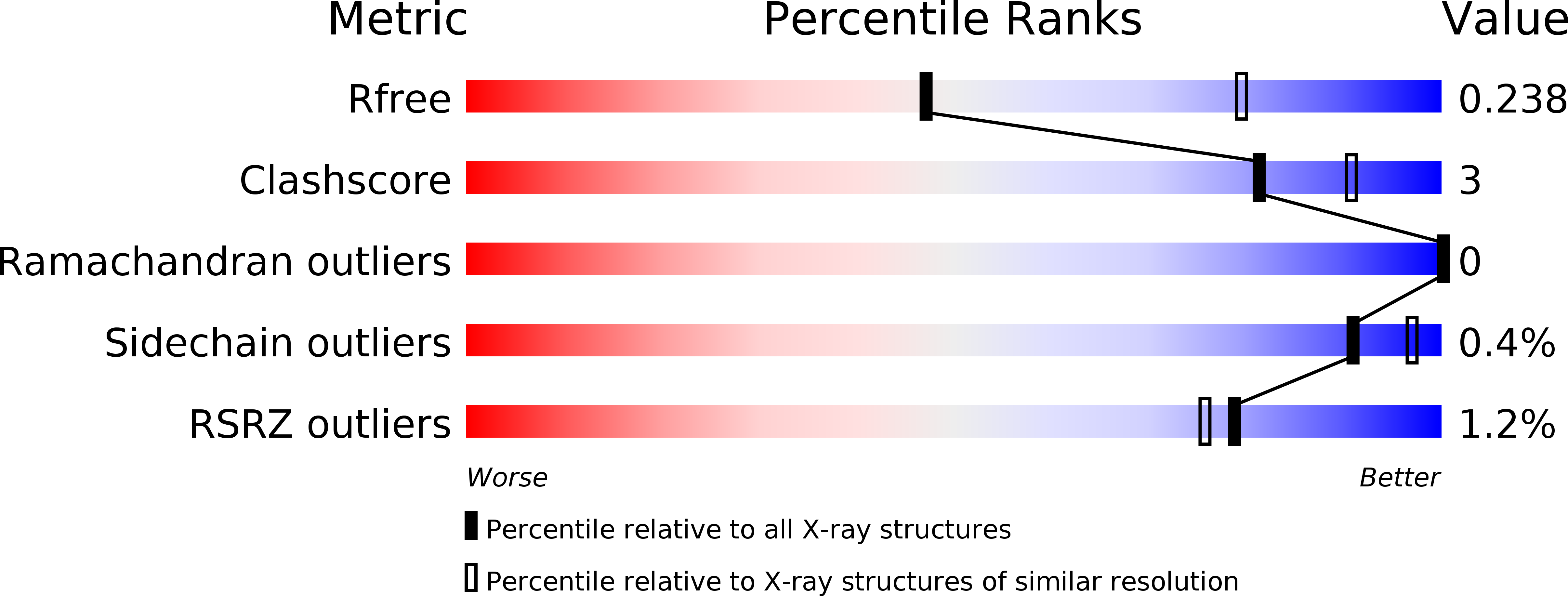
Deposition Date
2018-01-17
Release Date
2018-03-28
Last Version Date
2024-01-17
Entry Detail
PDB ID:
6FI8
Keywords:
Title:
Crystal structure of the IS608 transposase in complex with left end 29-mer DNA hairpin and a 6-mer DNA representing the intact target site: pre-cleavage target capture complex
Biological Source:
Source Organism:
Helicobacter pylori (Taxon ID: 210)
Host Organism:
Method Details:
Experimental Method:
Resolution:
2.60 Å
R-Value Free:
0.23
R-Value Work:
0.19
R-Value Observed:
0.19
Space Group:
P 41 21 2


